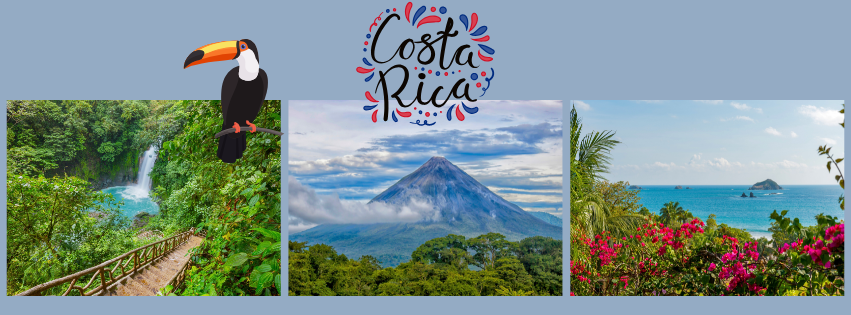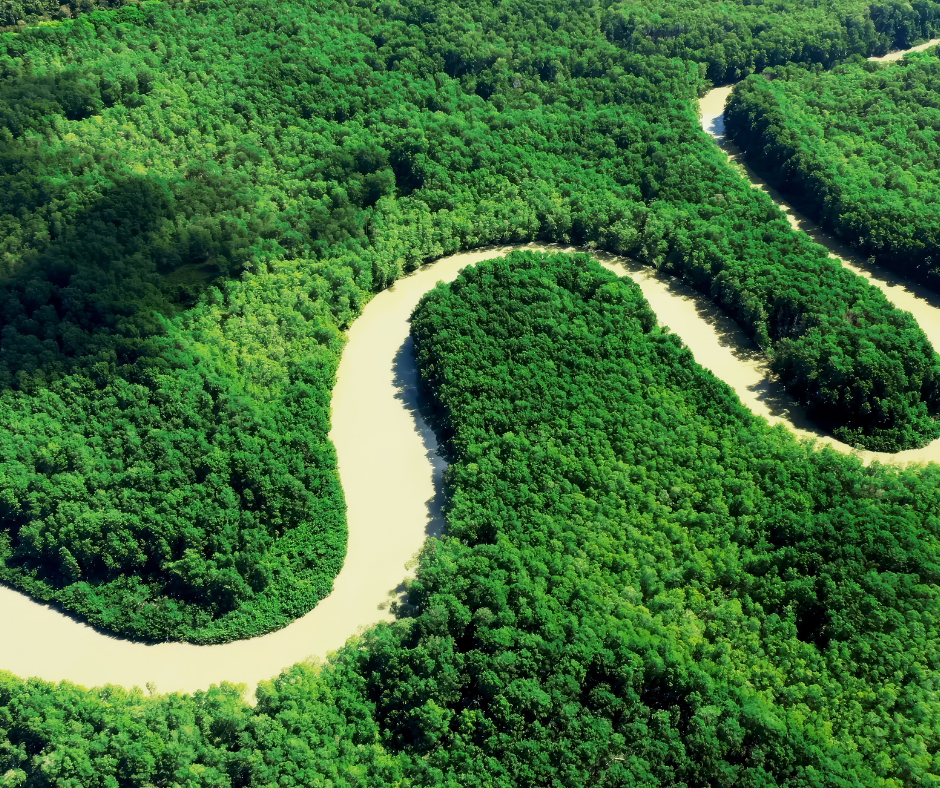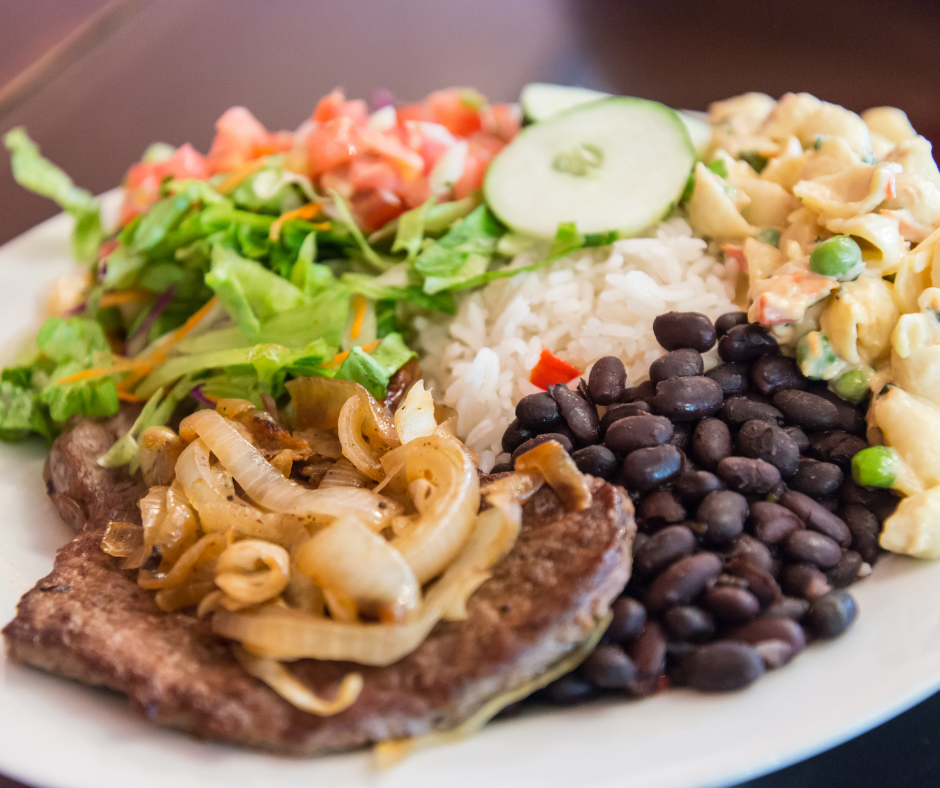Puerto Caldera, on the eastern side of Nicoya Bay, has been the country’s main Atlantic port for hundreds of years. Costa Rica is particularly blessed with natural beauty; here you’ll find beautiful beaches, live volcanoes, lush jungle, high mountains and scenery dotted with beautiful lakes and rivers, all within easy reach of Puerto Caldera.

Located on Costa Rica’s Pacific coast in the province of Puntarenas, Caldera is a picturesque port city that offers the perfect balance of serene coastal ambience and strategic location. Although many people think of it as a quick stopover from the deck of an ocean liner, Caldera and its surroundings offer travellers exciting natural wonders, fascinating wildlife and authentic Costa Rican culture.
History
The port of Caldera has a long history, having played an important role on Costa Rica’s trade routes since the Spanish conquest. In the 19th century, the port was modernised and, together with the city of Puntarenas, became one of the country’s most important centres for trade. Today, Caldera is one of Costa Rica’s most important maritime gateways, from where coffee, fruit and other agricultural products are exported to various parts of the world. Tourism is also becoming increasingly important, as the port provides easy access to the country’s most beautiful natural parks and cultural attractions.

Places to visit
Although Caldera itself is a relatively small port town, the surrounding area has many fascinating attractions:
Carara National Park Costa Rica is a small country, yet it is home to more than 5% of the planet’s wildlife, resulting in some of the world’s highest biodiversity. For nature lovers, this tropical paradise offers endless opportunities to discover wildlife. The Carara National Park, close to Puerto Caldera, is a particularly exciting destination, with species ranging from monkeys and sloths to colourful birds such as scarlet macaws. One of the most unique ways to discover it is by gliding over the canopy in an aerial tramway with its open gondolas, which offers an unrivalled experience.The tour takes you past waterfalls, enjoying panoramic views of the Pacific Ocean and a closer look at the tropical ecosystem. On the ground level of the park, you can also discover a butterfly garden, tropical plants and medicinal herbs. For the truly adventurous, the zipline course offers an extra adrenaline rush, or you can combine a tram ride with a slide for the ultimate experience.
TIP: monkey-encounter-with-local-cuisine-experience



Costa Rica is famous for its coffee production, so it’s not difficult to find high quality coffee, especially in Jaco. For the real connoisseurs, visit Cafe Bohio, a modest little shack where quality is at the heart of everything. Bohio is primarily a coffee roaster, working directly with local producers to ensure the best ingredients. The café is a showroom where you can taste carefully selected and roasted coffee specialities. If you’re interested in Costa Rican coffee farming you can read our blog

Once you’ve refuelled with a cup of excellent Costa Rican coffee, it’s worth exploring further into the country’s stunning natural world. Carara National Park is not only famous for its birdlife, but also for its large population of crocodiles along the Tarcoles River. Many people are fascinated by these ancient predators, which can be seen up close on boat trips. Tours are available as half- or one-hour programmes, some departing directly from Jaco. The best-known viewing spot is the Tarcoles Bridge – or, as it is often called, the Crocodile Bridge – where up to 20 huge reptiles can be seen at a time. If you don’t have time for a boat trip, the bridge is 25 km from Jaco and 31 km from Puerto Caldera, and is easily accessible by car.


Puerto Caldera is a gateway to a wide range of nearby adventures rather than a destination in itself. There are dining options here, but those looking for a local or other memorable experience should go elsewhere. In this category is the picturesque little town of Mata de Limon, which is just 2km away and therefore walkable if you prefer to work rather than rush. Otherwise, it is a short 5-minute taxi ride from the port. Located next to a mangrove lagoon rich in birdlife, the site offers a pleasant lunch and a choice of restaurants. It’s worth a visit to La Delicia del Vigoron, a modest roadside eatery with plastic tables and chairs, right on the shores of Nicoya Bay. Although the setting is simple, the flavours are richer: the place offers a wide selection of traditional ‘comidas típicas’. Its most famous dish is the eponymous vigorón – a combination of yuca and lettuce served in a banana leaf – but the menu also includes grilled meats and classic Costa Rican drinks.

Coffee production has been a part of Costa Rica’s history for more than two centuries, and today Costa Rica is recognised as one of the world’s leading coffee producers. Exploring this element of culture on a beautiful hacienda is how the afternoon begins, followed by a visit to the town of Sarchi, known as the cradle of Costa Rican artisans.
TIP: la-fortuna-don-juan-arenal-coffee-and-chocolate-tour
Espiritu Santo coffee plantation tour: for over two centuries, Costa Rica has been one of the world’s leading coffee producers. The 247-hectare Espiritu Santo coffee plantation near Puerto Caldera reveals the entire coffee production process, from seed sowing to roasting. Visitors can learn about the history of the farm, taste freshly roasted coffee and gain an insight into the tools of traditional coffee making, such as the korreado.
Sarchi – a centre of craftsmanship. Once used to transport coffee, ox carts have become a national symbol. In the town, you can visit the Fabrica de Carretas Eloy Alfaro, where craftsmen use traditional techniques to build and paint the famous carts. And in the Parque Central you can admire the world’s largest ox cart.


The Arenal volcano is one of Costa Rica’s best-known natural wonders, rising proudly above the tropical rainforest near La Fortuna. Its perfect cone shape is like something out of a postcard, and although it is currently dormant, it was once known as one of the most active volcanoes in the world. The area is a paradise for nature lovers, with geothermal springs, lush vegetation and abundant wildlife. The majestic silhouette of the mountain is often reflected in the reflection of Lake Arenal at the foot of the volcano, while exotic birds and monkeys accompany visitors on walks along the trails of Arenal National Park. Located about 135 km from Puerto Caldera, the journey takes 2.5 to 3 hours, but the winding mountain roads and scenic landscapes make the trip a pleasant one. As you move deeper into the mountainous landscape, the rainforest slowly gives way to the volcanic landscape, and suddenly the huge, majestic shape of the Arenal looms on the horizon.
TIP: arenal-volcano-la-fortuna-waterfall-and-hot-springs-tour

Caldera is one of Costa Rica’s hidden gems, not only a transit point but also a gateway to the region’s fascinating natural and cultural experiences. Whether it’s a relaxing beach getaway, thrilling jungle treks or gastronomic explorations, the region captivates all travellers. When visiting Costa Rica, it’s worth taking the time to explore Caldera and its surroundings, where you can truly experience the pura vida.


